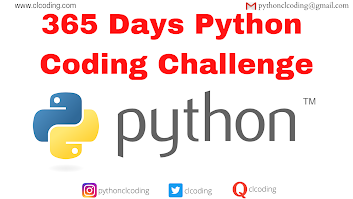Explanation:
1. Creating a List
x = [1, 2, 3]
A list x is created with elements [1, 2, 3].
This creates an object in memory, and the variable x refers to that object.
2. Assigning y = x
y = x
Here, y is assigned the same reference as x.
Both x and y now refer to the same object in memory.
No new object is created during this assignment.
3. Checking Identity with is
print(x is y)
The is operator checks if two variables refer to the same object in memory.
Since y is assigned directly to x, they share the same memory reference.
The result of x is y is True.
Key Concepts
1. Object Identity (is)
is:
Checks if two variables point to the same object in memory.
It does not compare the values of the objects.
2. Example of is vs ==
x = [1, 2, 3]
y = [1, 2, 3]
print(x == y) # True: Values of x and y are the same.
print(x is y) # False: x and y are different objects in memory.
== checks for value equality, while is checks for object identity.
3. Shared Reference
Since x and y point to the same object, changes to the list through one variable affect the other:
x = [1, 2, 3]
y = x
x.append(4)
print(y) # Output: [1, 2, 3, 4]
Output
True

.png)
.png)
.png)
.png)
.png)
.png)



.png)


.png)








.jpg)







.png)








.png)










0 Comments:
Post a Comment